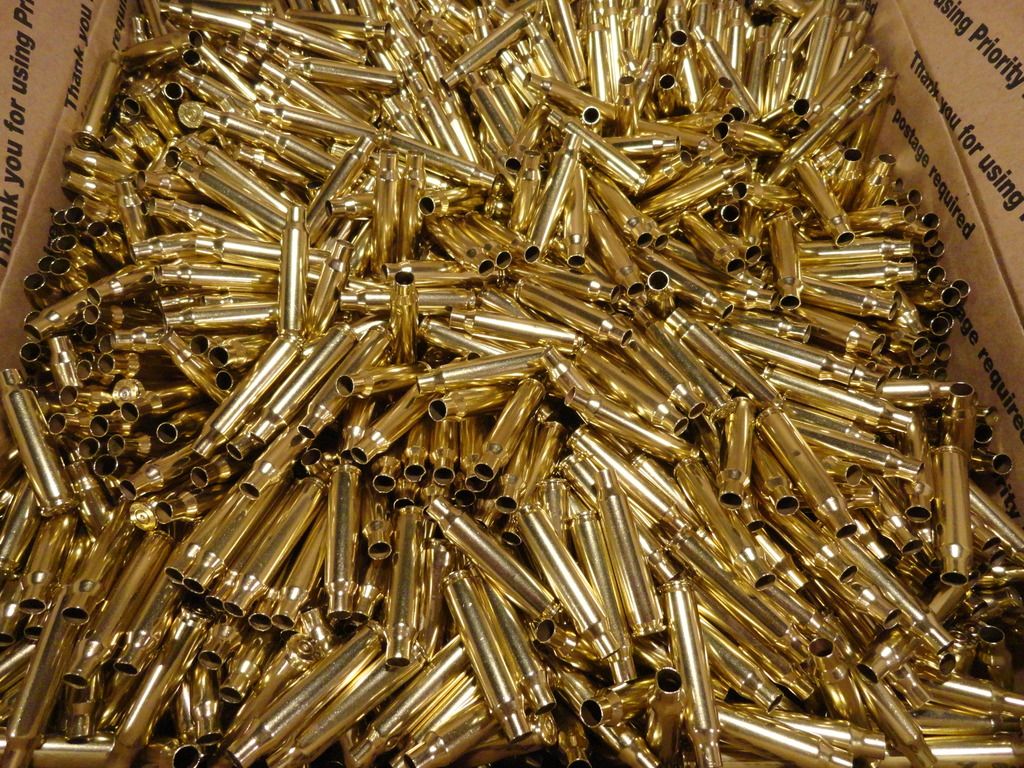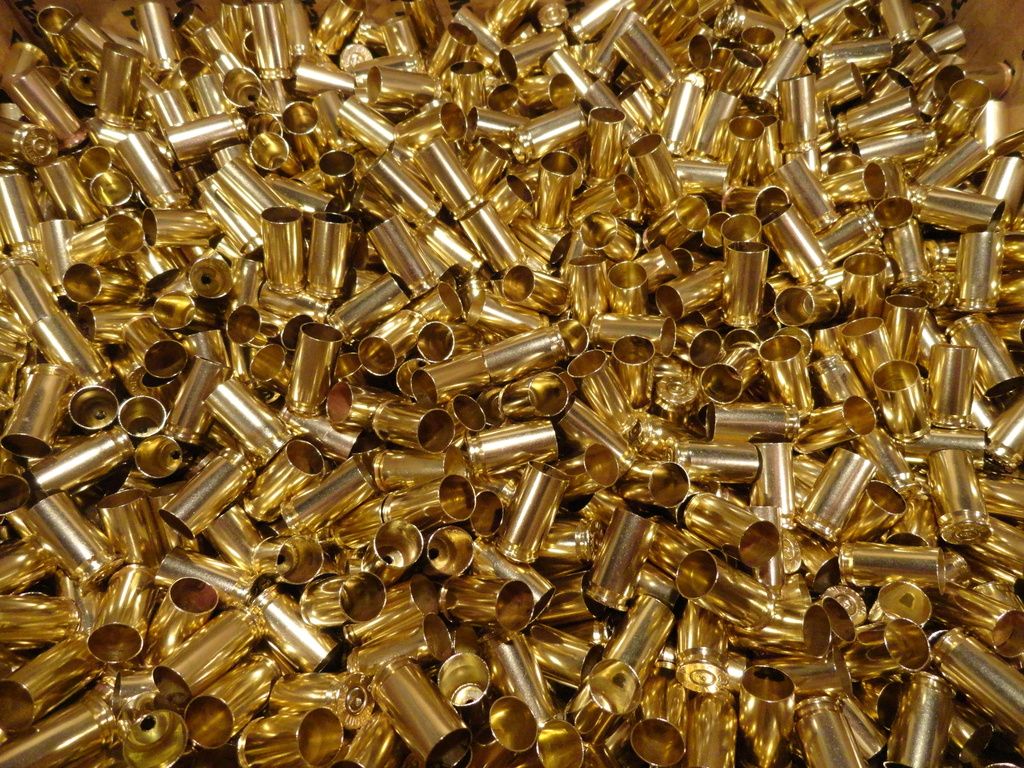The lead and hunting thread in the Ammunition got me thinking: what can we as reloaders do to minimize our risk of lead exposure?
I found these "zero pollition" primers from Fiocchi, has anyone used them? https://www.grafs.com/retail/catalog...t/productId/92
Currently I dry tumble and single-stage load about 400 rounds per month, at this low volume I haven't felt that lead exposure is too much of an issue, but perhaps I am wrong.
I wear nitrile gloves whenever sorting tumbled brass and most of the time when reloading, what other tips do you guys have for minimizing lead exposure when reloading?



 Reply With Quote
Reply With Quote




